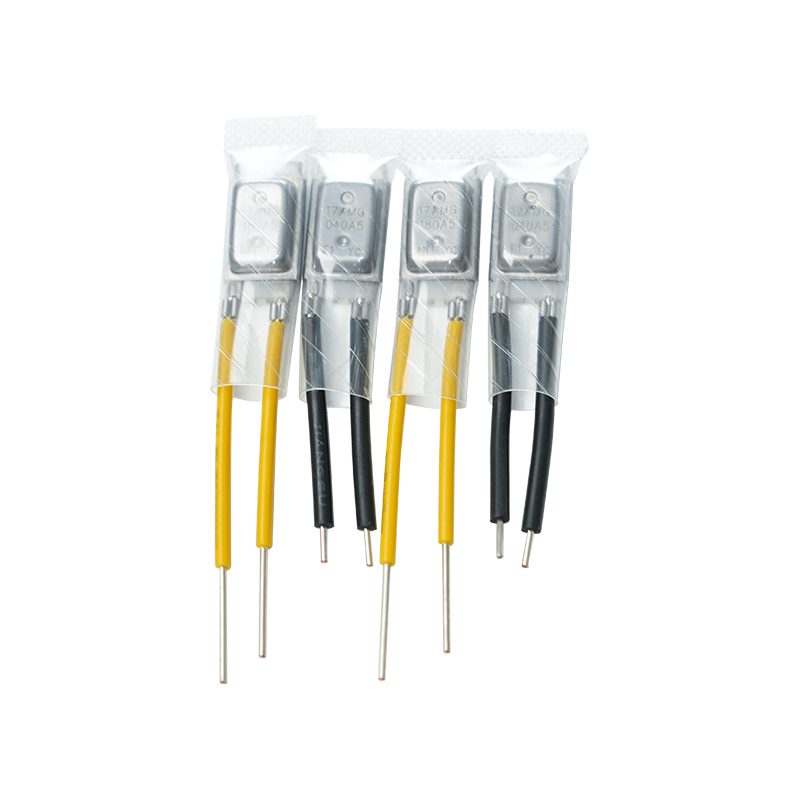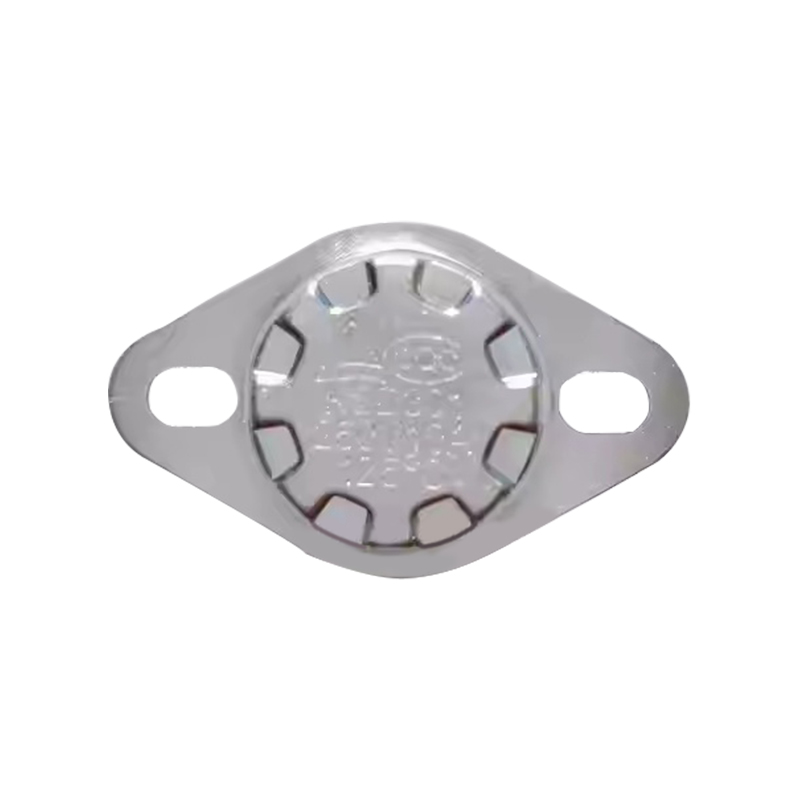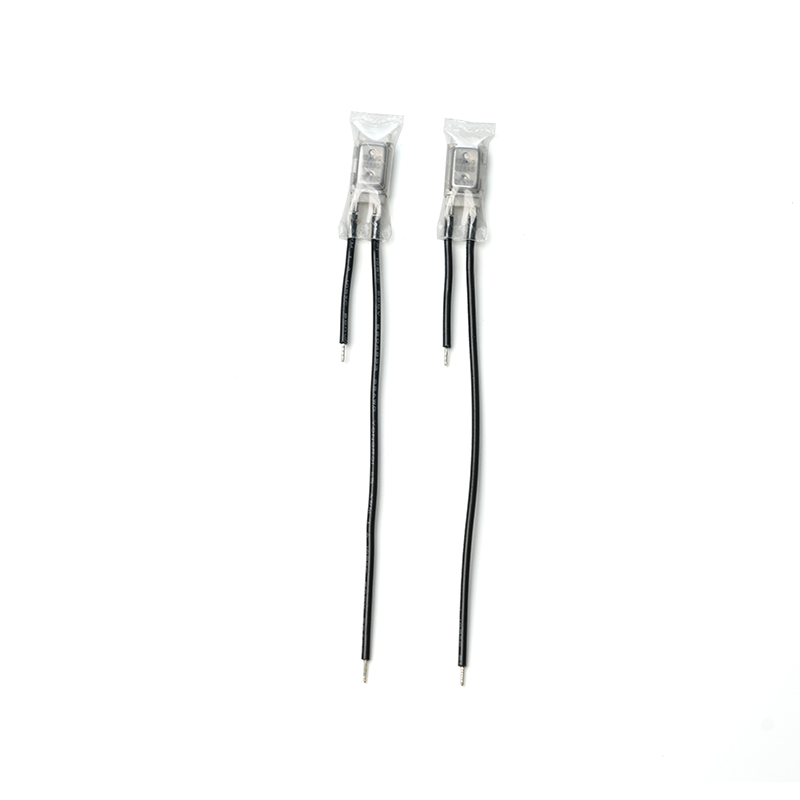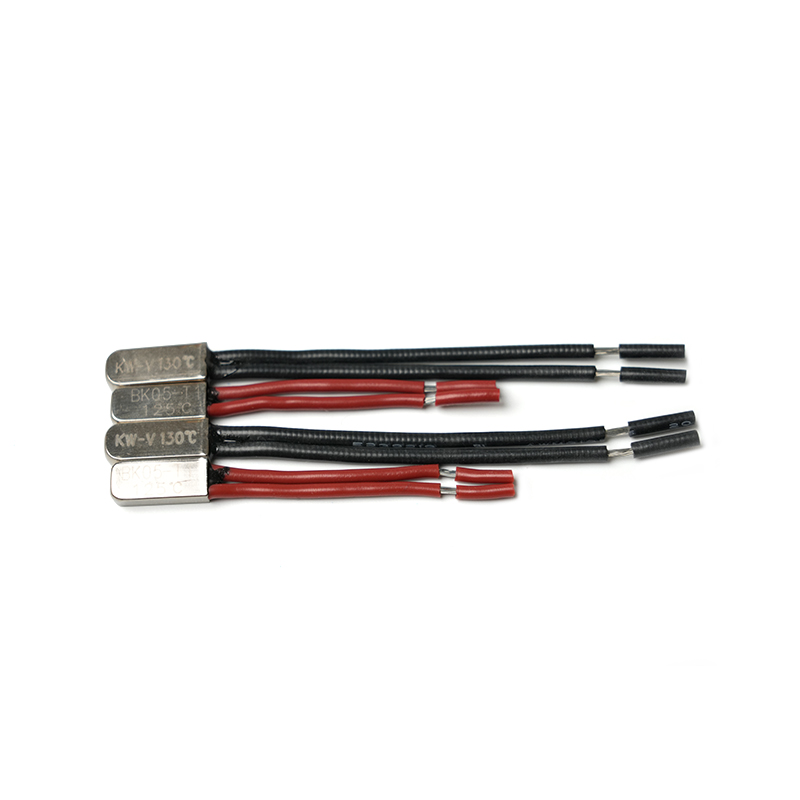Motor Thermal Protectors: Bridging Tradition and Innovation in Electrical Systems

In the intricate world of electrical systems, motor thermal protectors stand as a testament to how tradition and innovation can coexist harmoniously. By combining time-tested principles of thermal management with cutting-edge technologies, these devices continue to redefine how we approach safety, efficiency, and sustainability in motor operations. From enhancing everyday convenience to enabling groundbreaking applications, motor thermal protectors exemplify the perfect blend of heritage and progress.
Honoring Engineering Principles with Enhanced Capabilities
At the core of motor thermal protectors’ appeal is their foundation in thermal management principles, which have been refined over decades. The basic concept involves using bimetallic strips or thermistors to detect abnormal temperature increases and interrupt the circuit when necessary. This simple yet effective mechanism has saved countless motors from overheating-related failures.
For example, in agricultural settings, motor thermal protectors are integral to irrigation systems, grain dryers, and livestock ventilation equipment. Their ability to withstand harsh environmental conditions—such as dust, moisture, and extreme temperatures—ensures reliable performance, even in remote locations. Similarly, in marine applications, these protectors safeguard motors used in bilge pumps, winches, and navigation systems, providing peace of mind for sailors and operators.
Even in artistic applications, motor thermal protectors demonstrate their versatility. Kinetic sculptures and interactive installations powered by motors rely on these devices to ensure uninterrupted operation, pushing the boundaries of what is possible with traditional fabrication techniques. This creative potential highlights the adaptability of thermal protectors, bridging technical precision with artistic expression.

Driving Innovation Through Sustainability and Technology
While rooted in tradition, motor thermal protectors have embraced technological advancements to meet the demands of modern engineering. Automation plays a pivotal role in this evolution, with smart systems enabling seamless integration into complex networks. Real-time data collection and analysis allow operators to monitor motor temperature and performance, detecting anomalies before they escalate into costly failures.
Sustainability is another area where motor thermal protectors shine. By minimizing energy losses and extending motor life, they support global efforts to reduce the environmental footprint of industrial processes. For instance, the precision of thermal protectors ensures that motors operate within optimal temperature ranges, leaving behind fewer inefficiencies and reducing operational costs. Additionally, the recyclability of metal components contributes to circular economy initiatives.
Advancements in hybrid technologies are further expanding the capabilities of motor thermal protectors. Combining them with predictive maintenance algorithms or digital twins creates multi-functional systems capable of handling diverse tasks within a single setup. This integration streamlines production cycles, reduces lead times, and enhances overall competitiveness.
Versatility Across Industries
The versatility of motor thermal protectors is one of their greatest strengths. They can be applied to virtually any industry requiring precise, repeatable results. In defense and military applications, they produce lightweight yet durable components for drones, satellites, and armored vehicles. In consumer electronics, they enable the mass production of sleek, compact devices that meet stringent design requirements.
Even in emerging fields like additive manufacturing, motor thermal protectors complement 3D printing by providing a reliable method for post-processing printed parts. This synergy ensures that components meet dimensional accuracy and surface finish standards, bridging the gap between prototyping and full-scale production.
 English
English







